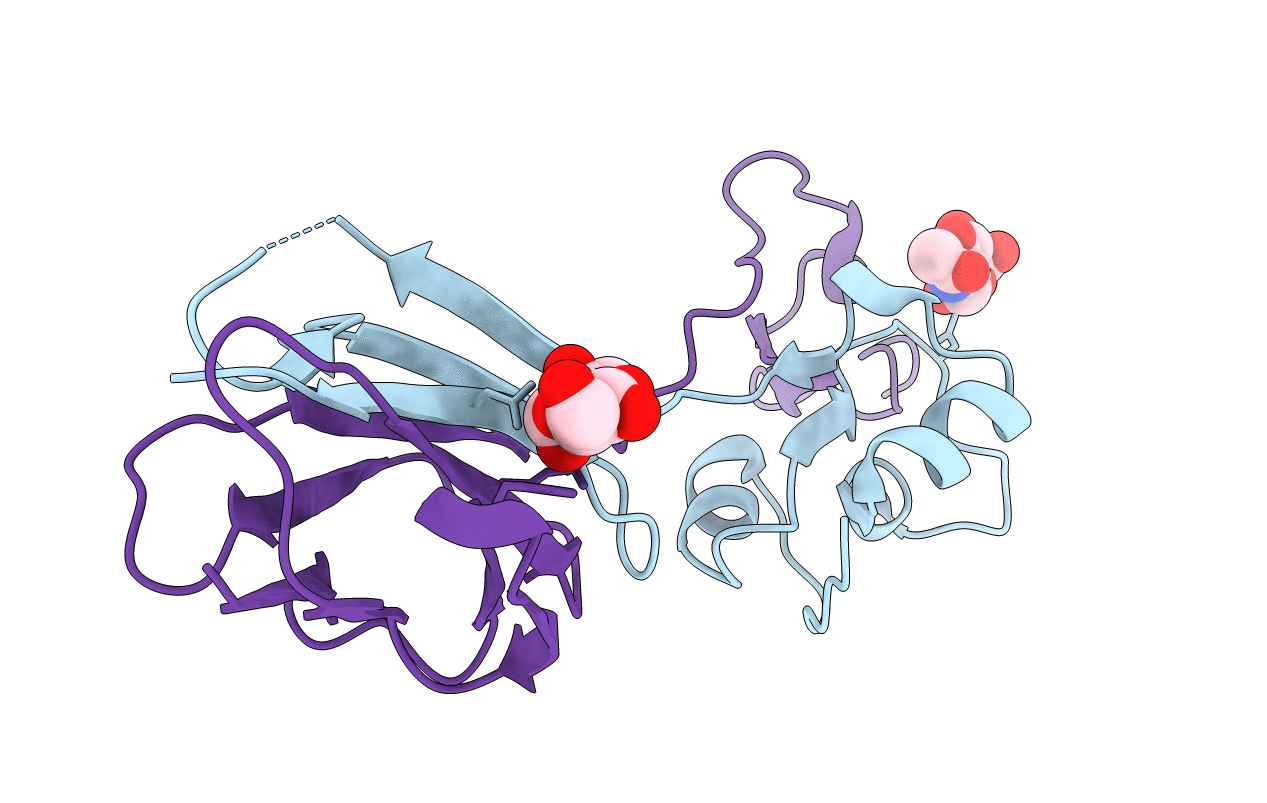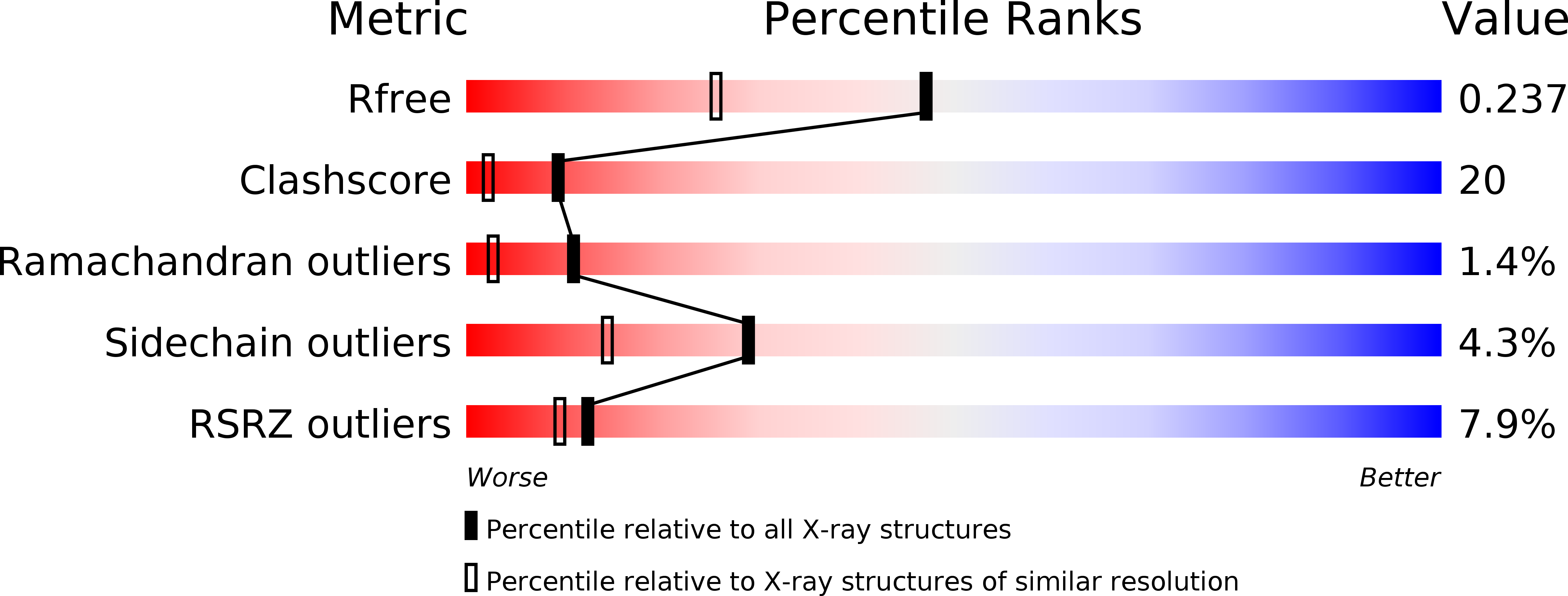
Deposition Date
2005-02-14
Release Date
2005-07-19
Last Version Date
2024-11-13
Entry Detail
PDB ID:
1YUK
Keywords:
Title:
The crystal structure of the PSI/Hybrid domain/ I-EGF1 segment from the human integrin beta2 at 1.8 resolution
Biological Source:
Source Organism:
Homo sapiens (Taxon ID: 9606)
Host Organism:
Method Details:
Experimental Method:
Resolution:
1.80 Å
R-Value Free:
0.25
R-Value Work:
0.23
R-Value Observed:
0.23
Space Group:
P 1 21 1


